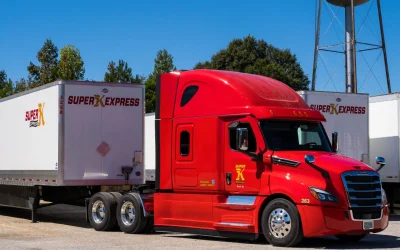In the fast-paced world of telecommunications, staying connected is more crucial than ever. With the increasing demand for better mobile coverage and faster data speeds, traditional cell towers are often unable to handle the load alone. This is where small cell installation comes into play, offering a promising solution to boost network performance and connectivity. This technology not only enhances cellular coverage but also significantly improves the quality of service in densely populated areas.
What Are Small Cells
Small cells are low-power base stations that function within a limited range and are typically used to extend service coverage and increase network capacity. These installations are essential in areas where large cell towers are impractical or insufficient. By deploying multiple small cells, telecommunications providers can ensure more reliable and consistent network coverage, especially in urban settings.
Benefits of Small Cell Installation
- Improved Cellular Coverage: Small cells provide targeted coverage in areas with poor connectivity, thus minimizing dead zones within cities and rural locations.
- Enhanced Data Speed: As they relieve the load on larger base stations, small cells help boost the data transmission rates. This is particularly beneficial in crowded urban areas where many people use mobile data simultaneously.
- Cost-Effective Network Expansion: Compared to traditional cell towers, small cells are less expensive to deploy and maintain. This makes them a cost-effective solution for expanding network coverage without the significant infrastructure investment typically associated with new tower construction.
- Support for Emerging Technologies: Small cells are pivotal in the rollout of 5G networks, which require a denser network infrastructure due to their higher frequencies and shorter range. They are instrumental in providing the necessary coverage and capacity for 5G-enabled services.
Considerations for Small Cell Deployment
While the benefits are significant, there are considerations to keep in mind when implementing small cells:
- Site Acquisition: Identifying and acquiring sites for small cells can be challenging due to zoning regulations and community acceptance.
- Backhaul Integration: Small cells require a connection to the core network, known as backhaul, which must be robust and reliable to handle the increased data traffic.
- Aesthetic Impact: In urban areas, the physical appearance of small cells must be considered to ensure they blend with the surrounding environment.
Revolutionizing Connectivity with Small Cell Technology
Small cell technology is a game-changer in the telecommunications industry, offering enhanced network reliability, better coverage, and faster data speeds. As we continue to move towards more connected cities and the expansion of 5G networks, the relevance of small cell installation cannot be overstated. By addressing the challenges associated with their deployment, small cells can provide a substantial improvement in mobile network performance, making them a vital component of modern telecom infrastructure. Whether in bustling city centers or sparsely populated rural areas, small cells are enhancing the way we connect, one cell at a time.


